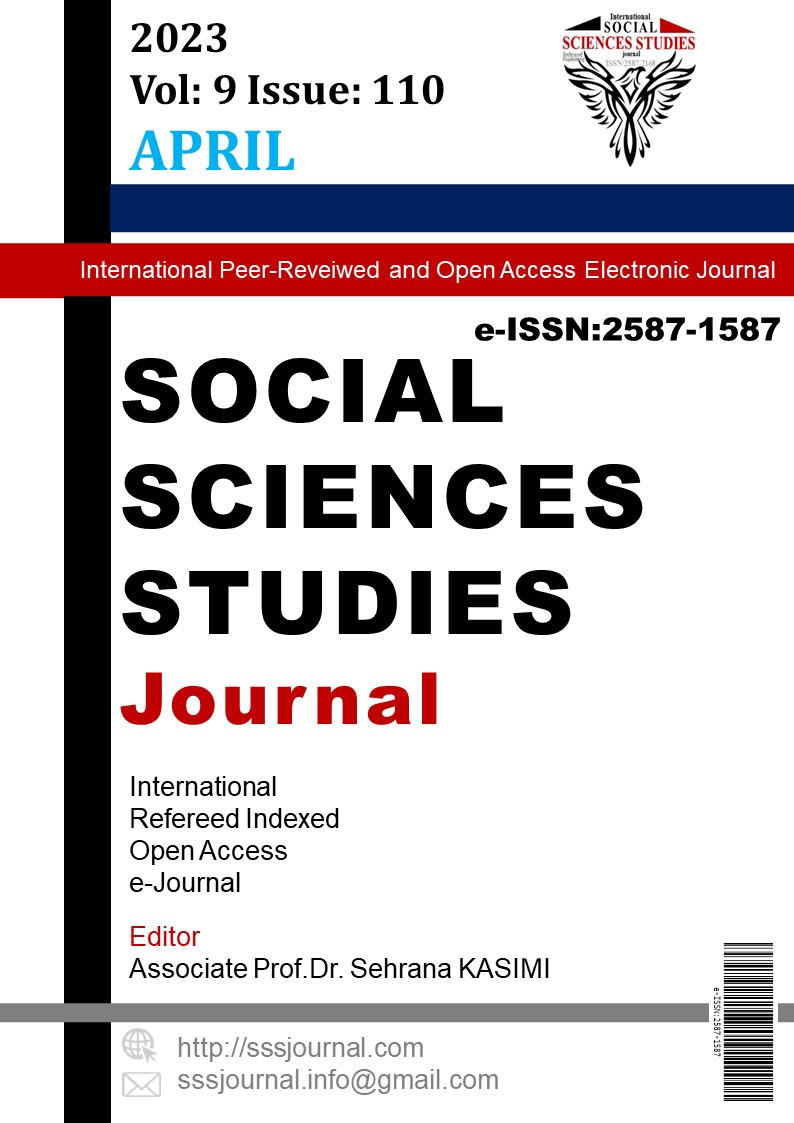Author :
Abstract
Dünya üzerindeki her toplum bulundukları coğrafyanın özelliklerine göre kültürlerini şekillendirmekte ve sanat anlayışlarını oluşturmaktadır. Günümüzde ulaşım ve iletişim imkânlarının artmasıyla farklı kültürler eskiden olduğundan çok daha hızlı bir biçimde birbirini etkileyebilmektedir. Bu nedenle günümüzde farklı kültürlere ait ögelerin sanatçılar tarafından bir araya getirilip sentezlendiği bilinmektedir. Niteliksel olarak birbirlerinden oldukça farklı olsa da tarihsel süreç içerisinde Türk ve Rus kültürünün sürekli etkileşim içinde olduğu söylenebilir. Bu nedenle araştırma kapsamına alınan bu çalışmada amaç, Rus halk sanatlarına ait Khokhloma tekniğinin Türk kültüründe deri sanatı içindeki kullanımını ve Antonina Kadyrova isimli sanatçının bu teknik ile yapmış olduğu eserlerini incelemektir.
Çalışmada ilk olarak Khokhloma tekniğinin Rus kültüründeki yeri, kökeni, uygulama alanları ve uygulama basamakları ayrıntılı biçimde açıklanmıştır. İkinci olarak ise Khokhloma tekniğini kullanan bir sanatçının sanat portresi oluşturulmuş ve sanatçının Khokhloma tekniği ile süslediği deriden üretilmiş farklı eserleri malzeme, renk, boya ve desen açısından incelenmiştir. Araştırmanın bulguları Rus ve Türk halk sanatlarının özellikleri dikkate alınarak karşılaştırmalı olarak tartışılmıştır.
Keywords
Abstract
Every society in the world shapes their cultures according to the characteristics of the geography they are in and creates their understanding of art. Today, with the increase in transportation and communication opportunities, different cultures can affect each other much faster than in the past. For this reason, it is known that elements of different cultures are brought together and synthesized by artists today. Although they are qualitatively quite different from each other, it can be said that Turkish and Russian cultures are in constant interaction throughout the historical process. Therefore, the aim of the study is; The aim is to examine the use of Khokhloma technique, which is frequently used for surface painting in Russian folk arts, for decoration on the surfaces of leather materials, which are frequently used in Turkish culture, and to analyze the works of an artist made with this technique in different contexts.
In order to achieve this aim, first of all, the place of Khokhloma technique in Russian culture, its origin, application areas and application steps are explained in detail. Secondly, an art portrait of an artist using the Khokhloma technique was created, and different works of art made of leather, which the artist decorated with the Khokhloma technique, were examined in terms of material, paint, color and pattern. The findings of the research were discussed comparatively, taking into account the characteristics of Russian and Turkish folk arts.





